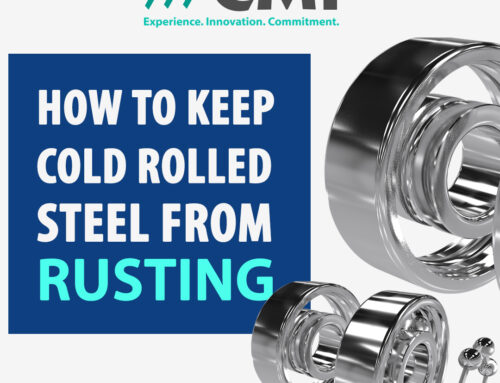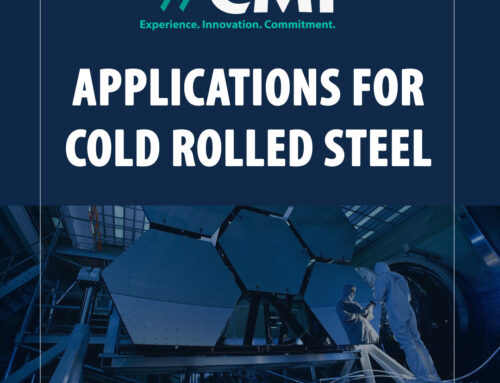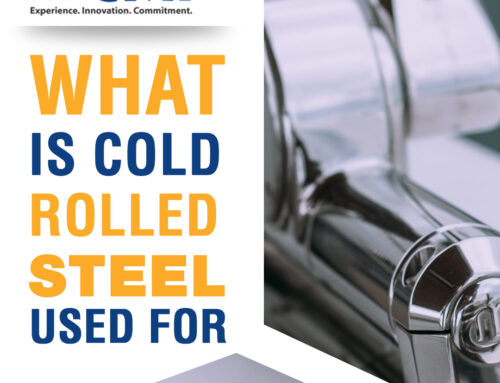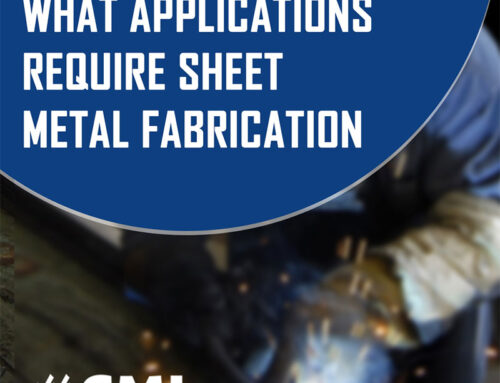What Happens When Circuit Material Heats Up
We all are aware that what consequences occur when the circuit material heats up. Inevitably it can cause a lot of damage. Every material can bear a certain amount of heat but if the limit exceeds then it affects the performance of the circuit that results in a big loss. There are many ways through which heat can enter and cause a big issue.
Have you ever thought that what happens when electronics overheat? If the temperature goes beyond the accurate temperature, it can cause heat that results in severe injuries. Your circuit component can catch fire. Hence, it is better to replace such components as soon as possible before any big incident.
After reading so many queries regarding the heat-up circuit material, we’ve thought to come with a detailed article to clear everyone’s confusion and doubts. Let’s begin the guide and talk about everything step by step in detail.
Heat Sources
There are many factors that become the reason for heat up circuit material. All the circuit boards are designed with a maximum density so that the designs produced in light and small form. In order to do it, a component is initiated inside the circuit board. That component generates heat and if any issue occurs to that component, it overheats the board.
Other major reasons for heat up circuit boards can be poor designs or the use of cheap components. Furthermore, if the components are not indulged properly in their exact location, this issue can also occur. Hence, it can be due to different reasons and each reason can result in a big loss.
Let’s dig into this topic in detail and talk about what reasons causes overheat circuit boards.
1- Wrong Component Arrangement
It is very cautious to fix the component at its right place so that the flow of air remains correct. If there is no proper airflow and there is no proper place for heat removal then the board will store all the heat and it will result in the overheated circuit board.
Hence, it will make the performance poor and the board will totally collapse and stopped working. So, it is better to never compromise on the placement of components because it can make a huge difference.
2- External or Environmental Reasons
It can also be due to various external and environmental causes. If the temperature exceeds a specified number, it can result in overheating. You might have experienced that the manufacturers warn you not to let the temperature exceeds a certain amount. It is because if it exceeds, it might cause heat.
Hence, your negligence can also become a big reason for this issue. On the other hand, there are a few components incorporating Capacitors, resistors, and semiconductors they all consist of parameters that vary with temperature. Hence, you should be extra careful in this regard.
3- Incorrect Components Choice
If the component you have purchased in order to initiate in the circuit board is not correct, it can also result in an overheated circuit board. You can’t just go to the market and ask for a component. You have to study each and every detail regarding that component to check either it would be suitable for you or not.
Power rating is another important factor to consider because it should go well with the application. Furthermore, keep using the same resistor can also cause this issue. Hence, it is better to keep changing the resistor for a good performance. In the end, the circuit board you have purchased should also be worth using.
4- Poor Manufacturing and Design
Last but not least issue could be the worst and poorly managed design and manufacturing. If the circuit board is not designed as per the requirement and if there are flaws in manufacturing then it can cause a big issue in the future. Purchasing the circuit board and its components is not a matter of seconds. You have to go through each and every detail in order to make the best decision.
Radio Frequency Heating
There is a way to heat the materials by using the radiowaves applications at a higher frequency. This method is termed radio frequency heating. It has its own advantages that we would discuss later. However, there are 2 methods of Radio Frequency heating that have been designed and are excessively employed.
Let’s talk about both methods in detail for better comprehension.

What_Happens_When_Circuit_Material_Heats_Up
1- Induction Heating
This is the first method that people often use to avoid overheating. In Induction heating, the material to be warmed is put in a high-recurrence electromagnetic field created by a loop or a conductor termed inductor, which is affixed with a radio-recurrence generator.
In the metalworking industry, this method is widely employed. Furthermore, in order to create high-quality employs, people prefer to use the Induction heating process. Let’s move to the second method.
2- Dielectric Heating
This method is usually observed for those materials that are poorly designed. For instance, plastic and rubber insulators. Te heat is generated to such materials which creates the capacitors that are affixed to the radio-frequency oscillator.
In Dielectric heating, you can heat the entire object efficiently and evenly. However, induction heating may cause non-uniform heating. It is the second method of Radio Frequency heating that is equally common and is used in many industries.
Expansion and Contraction
Have you ever thought that why things or materials extend in size whenever heat or cold occurs? We all know that materials comprised of atoms. If the atoms exceed a particular temperature, they start revolving. Whenever a material overheats, they speed up and start moving more fastly.
Due to this movement, they take more space that results in the expansion of materials. On the other hand, when it is extremely cold, the atoms take less space that results in contraction. However, each metal comprises a different level of forces so it depends on the metal that how much space the atom will take.
If we talk about iron metal, it has more force that makes the atoms difficult to move freely but on the other hand, brass metal has less force that makes the atoms easy to move around. Hence, this is the clear different difference between expansion and contraction that when the is excessive heat the metal expand while when there is cold, the metal contracts.
Do you know that if all the materials heat up at the same time then they won’t get warm at the same time because each material takes a different time to warm up? The heat capacity of every material is different that’s why the timings vary.
How to Prevent Overheat
Previously, you have read about the reasons that cause overheat circuit board. However, one should know how to prevent this issue in the future. Let’s talk about those points that can save you from this issue in the future. Let’s begin.
1- Think about Heat Pipe Integration
If you want to prevent heat then using Heat Pipe integration would be an appropriate choice. But what would be the benefits of using Heat Pipe Integration? the pipe consists of a liquid that could be sodium, ammonia, or nitrogen. The liquid sucks all the heat and transforms it into vapor.
The fume then, at that point drops further down the line and gets back to liquid where it can work again whenever it requires. Hence, it is one of the best cost-effective ways to prevent heat.
2- Utilize Thermal Material
The next step in this regard is the use of Thermal Material. The thermal interface material uses thermal gases that comprise a substance. It makes the air conductivity better. This material is initiated in the circuit board at a point where the air is placed.
It functions 1000 times better and prevents overheating. It is cautious to place thermal interface material when more than 2 solid surfaces are in the path of heat. Hence, if you do not want to consider the first step, you can go for the thermal interface material that is also cost-effective.
3- Extend Copper Width
Do you want to go for another option that is equally effective and one of the most suitable ones? I would suggest you extend the copper width. If you ever realize that the circuit material is heating up, simply expand the width of copper and the situation will be under control.
I am sure you won’t find any better and easiest solution than this. Copper plays a huge role to eliminate heat and keep the materials cool because it is a heat-resisting material. Hence, the next time you go through this issue, you will always have this perfect solution.
4- Active Cooling Integration
What about placing a fan on your design so that the materials stay away from overheating? Yes, the fan keeps the materials cool and won’t let them overheat. If you want a fan within your budget then I would suggest you choose Micro fans that are completely cost-effective.
There are many designers who prefer Micro fans because besides being cost-effective they are also efficient and helpful in different ways. If you are worried about the noise then even it is not something to worry about because the bigger the size of the fan the less noise it will create. Hence, it is another perfect solution for this problem.
Disadvantages of Heatup Material
There are many disadvantages that lead to serious issues if the material heats up. Let’s discuss them in detail for more understanding. The cons of heat up circuit material include:
1- Waste of Energy
Due to the flow of electric current, a part of the conductor transforms to heat energy that results in a lot of energy loss. Whenever the energy gets wasted, it converts into heat that makes the material overheat. Hence, to avoid this issue, don’t let the energy get wasted.
However, every problem has a solution. There is a technology that can that you can use to convert the waste into functioning energy.
2- It can Cause Fire
Whenever the materials overheat, they can bring a lot of damage to several components of the circuit board Furthermore, it can also result in a fire that would be really harmful on so many levels. It is one of the biggest disadvantages of overheated circuit materials.
Furthermore, if there is a huge current flow, it can also result in a short circuit. the short circuit can cause a lot of damage and it can also harm human life. You can limit the electricity flow with a resistor that is specially used for this purpose.
3- Damage Many Components
It takes a lot of effort to get your hands on the right components for the circuit board. However, the heat can do a lot of damage to these components. In short, they might stop working or you might need to purchase them again. The heat eliminates the life of components by doing severe damages.
4- Additional Expenses
If you go for another cooling system in order to control the heat then it will additionally cost you. The cooling system that you will fit might be costly for you. Hence, in terms of expenses, it is another big issue. To get rid of this issue, you should be cautious about the heat.
Final Thoughts
You surely have faced the heat-up circuit material once in a life. You might didn’t have any idea what to do because of not having enough knowledge. However, this guide comprises a detailed review regarding Heat up circuit material and what should be done in order to prevent it.
It also explains what causes this issue and what could be the consequences of this issue. Before selecting the material type, circuit board, or component, you should first study every information regarding them. These all elements make a huge difference so you should never compromise on them.
We hope this detailed and informative guide will be helpful for you and it would solve a lot of confusion regarding circuit materials. Take notes from this guide and be concerned about all the little details to prevent heat.







You must be logged in to post a comment.